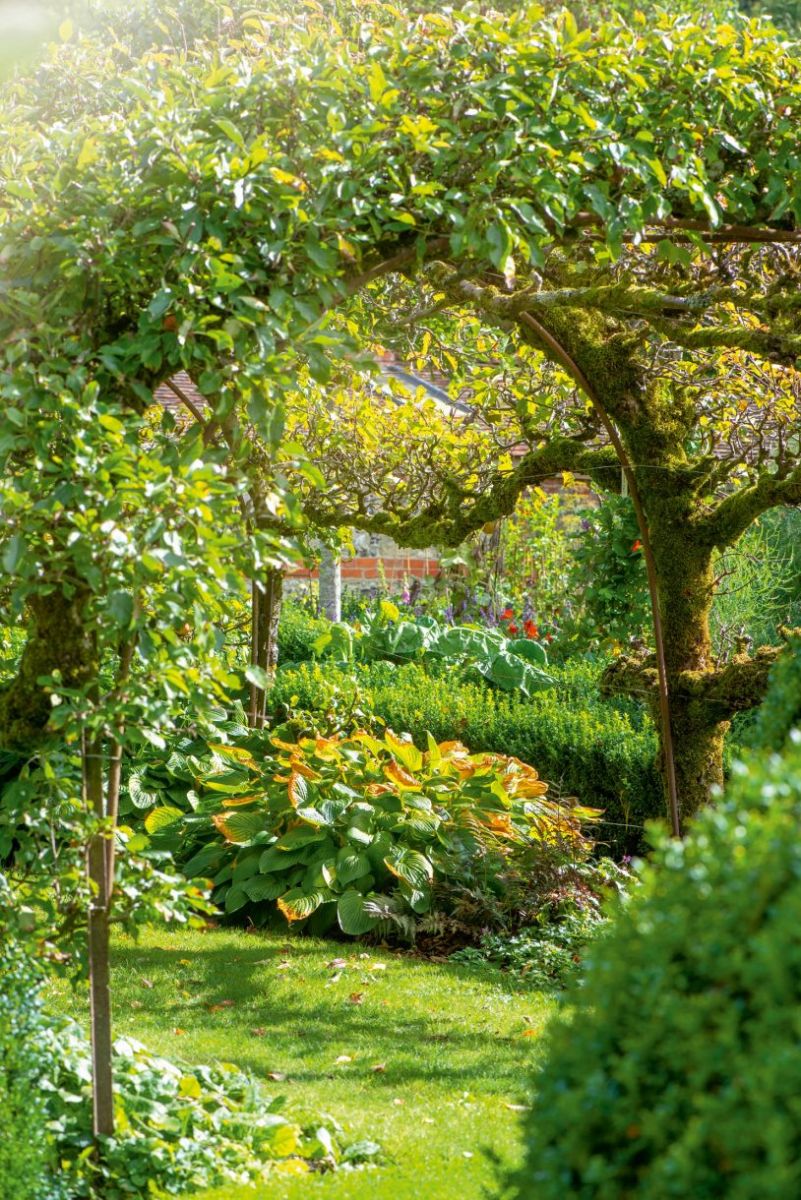
ARTON PROGRAM - The therapeutic power of the group
Creative projects involving group work - general musical performance or group painting, collage, sculpture - are useful in helping to explore and strengthen social...

I do wonder, sometimes, if those of us who advise on gardens and gardening are too bossy. There is, after all, a fine line between sharing experiences of cultivation and being dictatorial.
In the same way that there is no accounting for taste, neither is there any accounting for a style of gardening that gives any individual particular pleasure.
Gardening is, by its very nature, interfering. It interferes with the natural flora of a patch of land, governing both its content and the way in which that content is laid out.
Although there are definite rights and wrongs about what is likely to make certain plants grow well — light or shade, well-drained or soggy soil, acidic or alkaline conditions — within those parameters much boils down to individual taste — a gardener’s own likes and dislikes.
I have always gardened with wildlife in mind. I share my patch with all manner of animals, birds, bees and butterflies, creepy-crawlies whose names I know and a good many more I do not.

They have every right to be there, but so do I, and in this increasingly apologetic age I find I have to remind myself of that fact.
‘Be gentle with yourself’ we are told by those who care for our sanity. Sometimes, I feel that we gardeners are not gentle enough A mixture of wildflower meadow and mown grass affords space for wildlife to flourish and for the gardener to enjoy his labours with ourselves, as we battle away defending the rights of other forms of life.
As an organic gardener, I embrace with my whole heart the need to cultivate my piece of earth responsibly: to be a good custodian; a worthy steward of my patch of land. To shuffle off my mortal coil leaving it in a better condition than it was when I arrived.
But it is there to please me, too, as well as the linnet that is nesting in my box pyramid, the sparrows that twitter in the bay tree and the badger whose nightly forays across my meadow can be traced in the morning dew.
Without them, it would be a poorer place, but I like to think that it would also be a poorer place without me: more limited in its appeal, more natural looking, yes, but that does not necessarily mean it would offer more to Nature.
Without my constant supervision, the pond would silt up, the cowslip meadow would turn into scrubland and the nectar-rich wildflowers would be lost in a welter of undergrowth, which might be good for nesting birds, but arguably less useful to other forms of life.
Much has been made — and, quite rightly, too — of the benefits of gardening on our mental health during the past year. Without our green spaces and our gardens, there is little doubt that our minds and spirits would have suffered lasting damage.
But preserving mental health by having a garden is not as straightforward as it seems. If, by nature, you are an orderly soul who likes plants corralled in neat borders and lawns with stripes, does that make you an irresponsible gardener? Not in my book.
If ‘No-mow May’ made your heart sink at the prospect of seeing your treasured stripes disappear in a fuzz of dandelions and daisies, are you worthy of being called a good gardener? It is an argument I have had with myself.
The stripes on my house lawns remain, as does the two-acre cowslip meadow behind the barn, now awash with marguerites and vetches, burgeoning marjoram and yellow rattle.

There is room for all of us in this garden of mine. And in smaller patches? Variety is the key. Anyone who watched the patterns of sunshine and shadows on the striped lawns within Windsor Castle on the day of the Duke of Edinburgh’s funeral and felt their heart sing not only at the thought of that man’s long life well-lived, but also at the quality of groundsmanship, will understand just how uplifting I find the sight of my well-mown lawn.
Blackbirds still dig out worms from it, daisies and mosses flourish beneath the blades of the mower (I use no herbicides), but the weekly mow lifts the spirits of this gardener and the butterflies, birds and bees enjoy the borders in between and the meadow at the back of the barn.
In this particular garden, all forms of life are catered for, and that includes the human form. Yes, we need to find an alternative for peat — and soon — but we also need to stop beating ourselves up because we like sparkling rills, yew topiary, pleached allées of hornbeam and, yes, a lawn with stripes.
‘Marigolds, Myrtle and Moles – a Gardener’s Bedside Book’ by Alan Titchmarsh is out now

Creative projects involving group work - general musical performance or group painting, collage, sculpture - are useful in helping to explore and strengthen social...

In the ARTON Program our team of oncopsychologists, art therapists and music therapists develops the process of children's creativity as a process of...

In ARTON sessions, creating a piece of music or a song is an emotional experience of coping and satisfaction for the participating children. They make friends with...

Painting provides patients with a spontaneous, plastic method of depicting thoughts and experiences. Painting with paints is not as structured as with pencil or...










